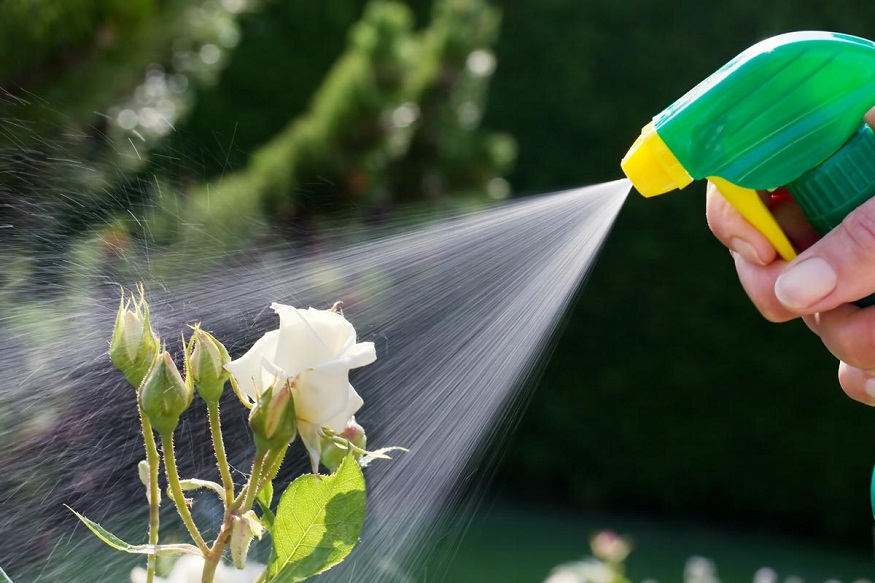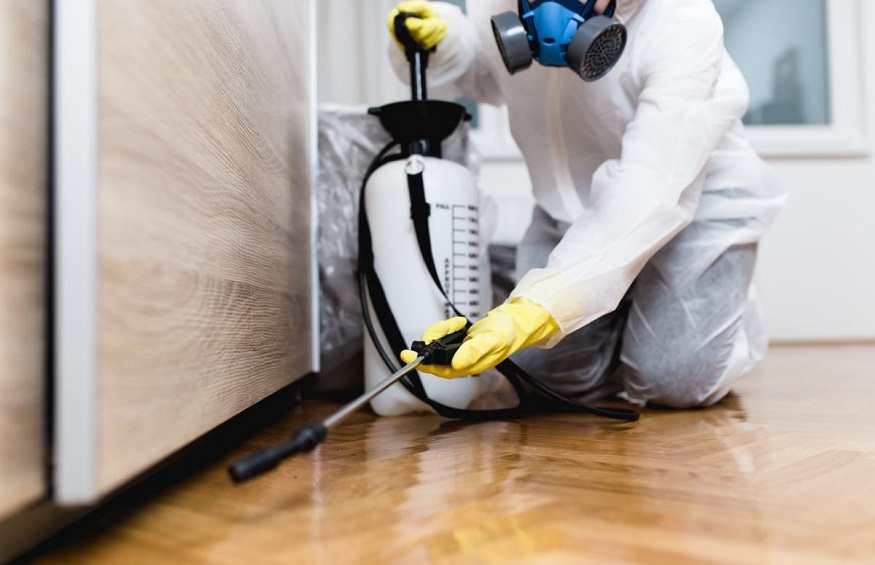Millions of people have the pleasure of having pets as members of their families. But for many owners, there is an unpleasant downside to keeping fluff balls around — increased chances of creepy-crawly infestations. Your favorite cats and dogs can unwittingly bring in pests that can prove ruinous to your comfort and sense of security within your home.
Exterminators know what concerns pet owners have with insect removal, and can offer pet-friendly solutions that are harmful to neither your family nor your pets. Get started by first understanding the relationship between pets and pests inside.
Why Your Pets Are More Prone to Bringing Pests Inside Your Home
Pests are drawn to pets for a variety of reasons, from their daily routine to the molecular structure of their fur. Their hair is also a magnet for fleas, ticks, and mites. And with 70% of American homes currently occupied by pets, that is a million homes at risk for pest problems caused by pets.
Dogs and cats have outdoor exposure to pest-infested environments. Your pet’s inquisitive nature draws him to bushes, tall grass, and other places that pests love. Then home they come, and the hitchhiking pests come with them.
Similarly, once a pet’s fur and dander have been shed, another food source for both dust mites and carpet beetles is produced. Certain bugs are also just drawn to the oils on your pet’s skin. Regular grooming does assist, but it is nearly impossible for active pets to avoid all pest contact.
The insider pets are not off the hook. They can come in through open doors when your pets go outside, or they can land on your clothes and personal effects. Once they set up in your home, they can find your pet immediately as their ideal host, and they are a species that multiply prodigiously unless you do something about it.
How to Protect Your Pet Safety And Avoid Pests From Them
Regular Grooming and Inspection
Develop and practice a regular grooming routine, and make sure you check for pests while you are at it. Give your pet’s hair a good brushing regularly and make sure to comb or brush behind ears, under legs, and around neck where a pest can commonly hide. Use a fine-toothed comb to identify fleas and their eggs. Bathe pets in veterinarian-recommended pest repellent shampoos.
Look for irregular bumps, redness, or irritation that might be signs of bug bites on your pet’s skin during grooming sessions. Early identification saves you from a minor infestation becoming a full-blown problem. Clean grooming tools and store them properly to avoid maintaining a breeding ground for vermin.
Maintain Clean Living Spaces
Regularly vacuum carpets, upholstery, and pet bedding. Wash pet bedding with hot water once a week to kill eggs and larvae. Be sure to concentrate on any area your pet likes to frequent, as this is where pests spawn.
Store pet food in sealed, airtight containers to keep ants, roaches, and rodents from being lured. Scrub food and water dishes at least once daily, and do not allow wet food to sit out for long periods of time. Remove any stray kibble immediately because even tiny crumbs will draw pests.
Preventive Treatments and Products
Ask your vet for suitable flea and tick control options. Studies prove them to be 85% more preventative than post-infestation treatment. Select products made for the size, age, and animal type of your pet.
You might even consider using natural deterrents such as diatomaceous earth for carpeted areas, but double-check with your vet to make sure this is safe first. Certain essential oils can be harmful to pets, so it is best to refrain from home remedies without proper advice.
Taking Action: Your Next Steps to a Pest-Free Home
Maintaining a pest-free space and keeping your pets safe is an ongoing process, but it is easy with the right methods. These methods are a good starting point, but every home and a pet situation is different. And in certain infestations, Special treatment methods are necessary, and only a professional can carry them out safely.




